


For over half a billion years, Earth’s magnetic field has risen and fallen in sync with oxygen levels in the atmosphere, and scientists are finally uncovering...



Ancient carbon thought to be safely stored underground for millennia is unexpectedly resurfacing literally. A sweeping international study has found that over half of the carbon...



Scientists have built a lab model that visually tracks how microscopic contact points between fault surfaces evolve during earthquake cycles, revealing the hidden mechanics behind both...
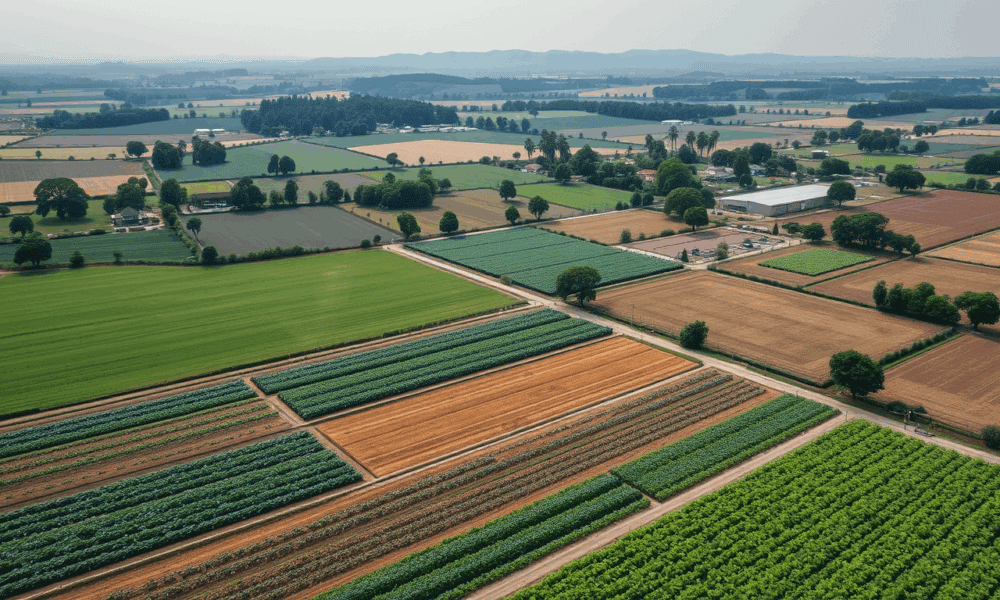
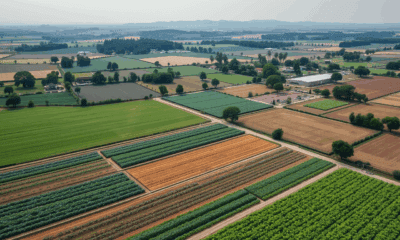

To achieve the European Green Deal's goal of 25% organic agriculture by 2030, researchers argue that new genomic techniques (NGTs) should be allowed without pre-market authorization...
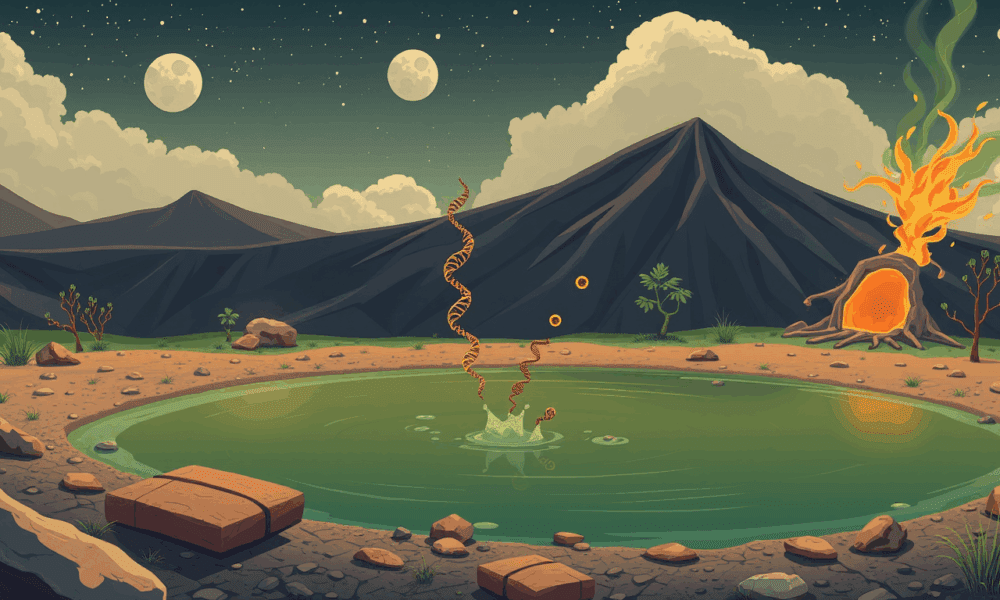
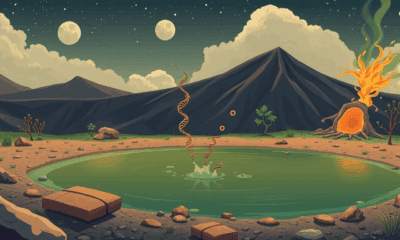

Chemists have demonstrated how RNA (ribonucleic acid) might have replicated itself on early Earth -- a key process in the origin of life.
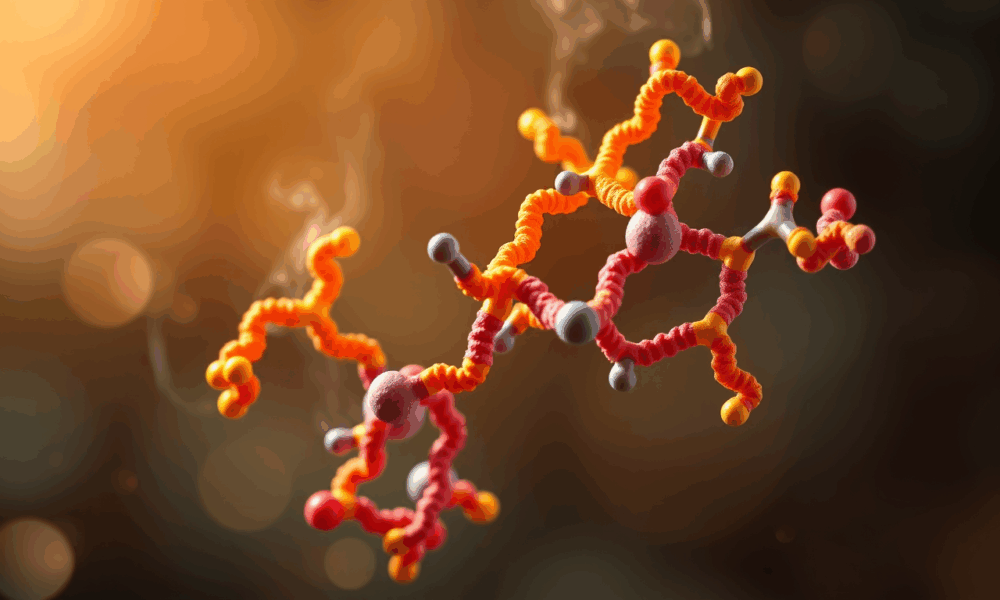
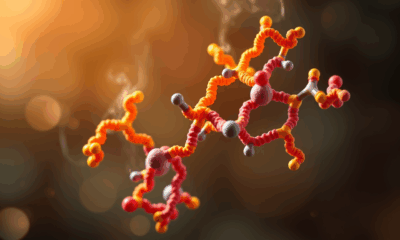

Most people have witnessed -- or rather smelled -- when a protein enzyme called sulfite reductase works its magic. This enzyme catalyzes the chemical reduction of...
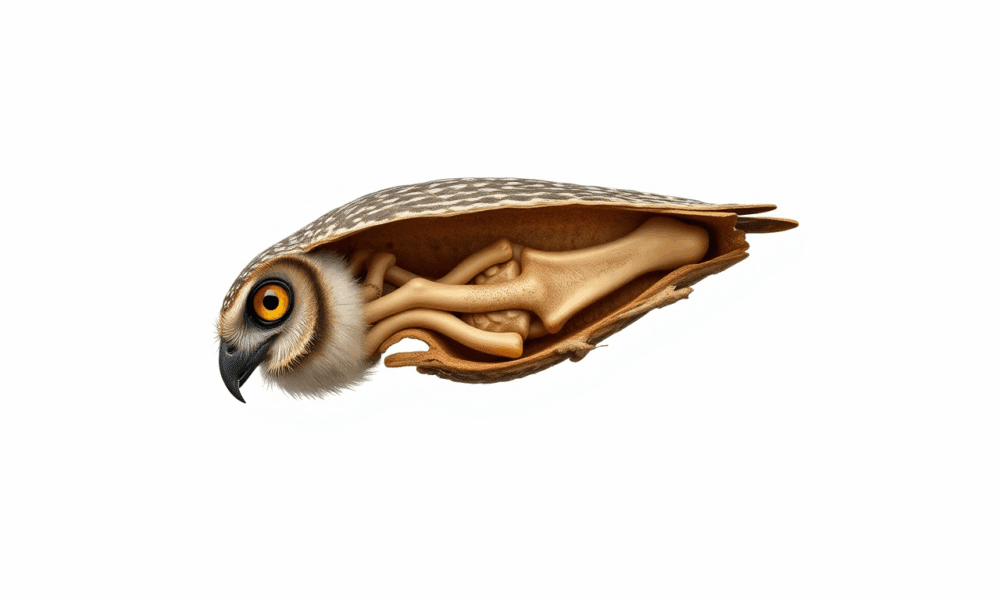
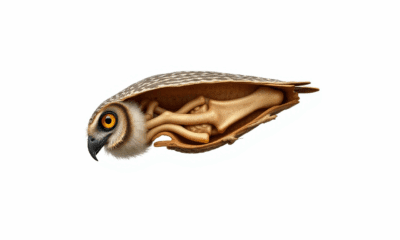

Researchers found that digestion in hawks and owls can alter the results of isotopic analysis in pellets and droppings.
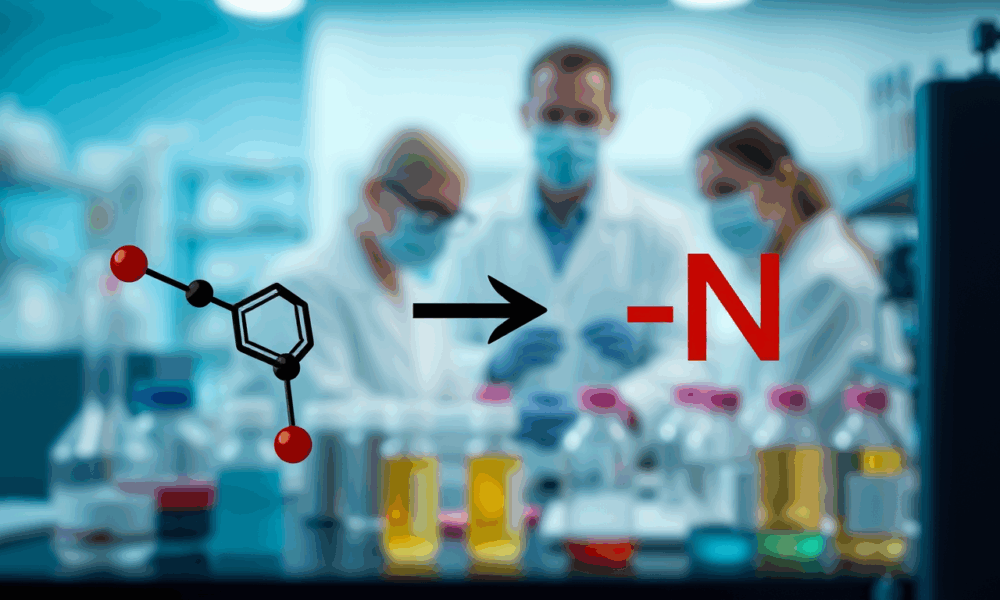
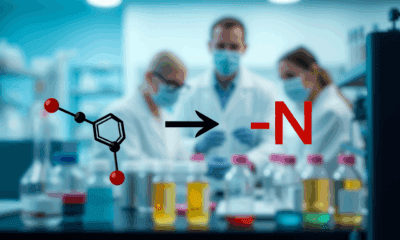

Chemists have developed an efficient skeletal editing method for frequently used heteroaromatic structures. The technique could serve as a means to chemically modify biologically active compounds.
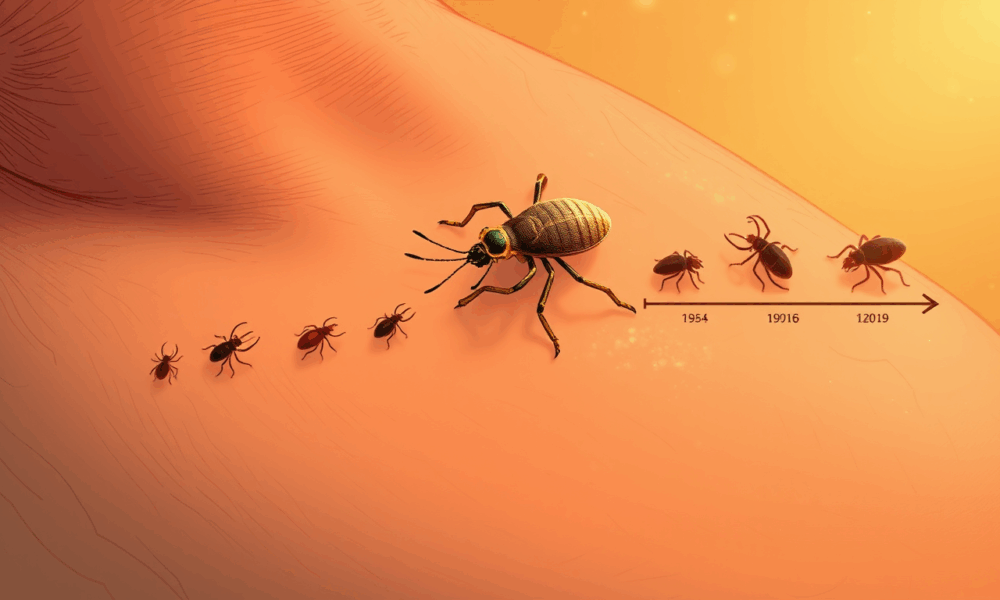
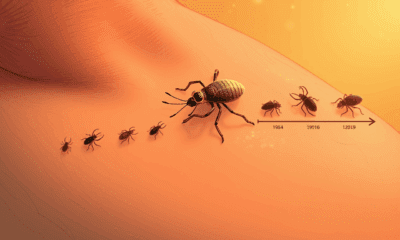

Researchers have analyzed ancient DNA from Borrelia recurrentis, a type of bacteria that causes relapsing fever, pinpointing when it evolved to spread through lice rather than...



Researchers look to extremes in the past to study how the system reacts to imbalances. They detail an overlooked mechanism for how the ocean can help...